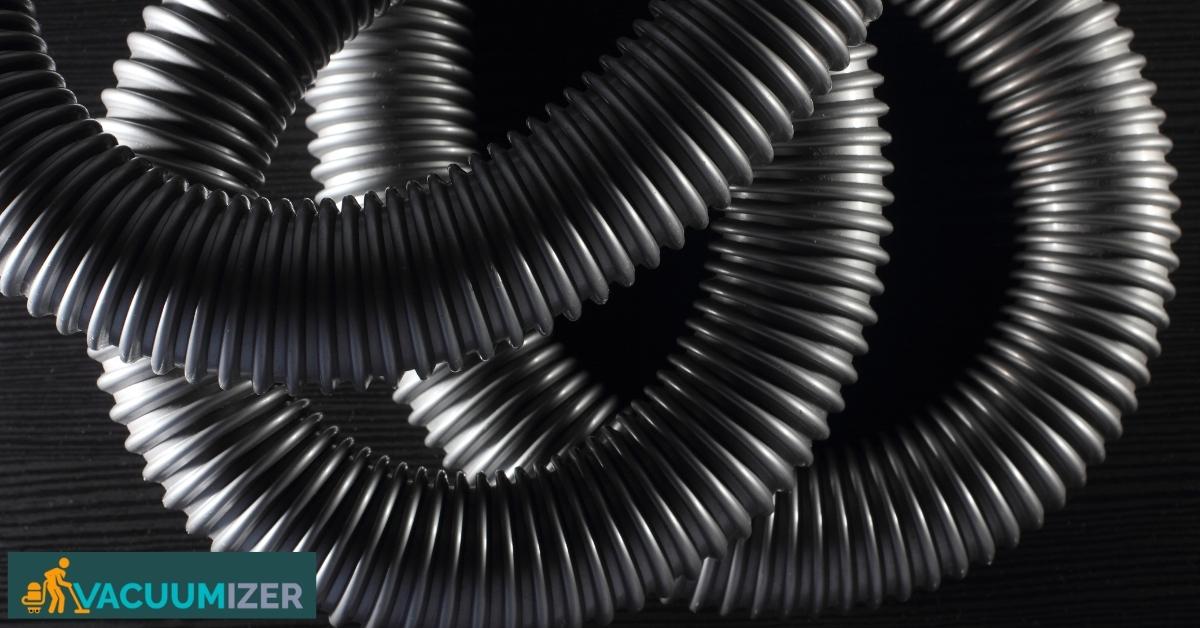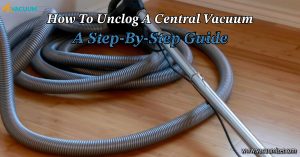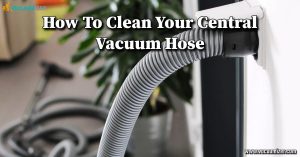When it comes to whether does hose diameter affect vacuum? there are a few things to consider. The hose’s material composition is the primary consideration. For instance, the diameter of a hose constructed from a softer material will be less than that of one constructed from a harder material.
This is because the softer material can be compressed more. A vacuum is created when a pump removes air from an enclosed space. The amount of vacuum that can be achieved is limited by the strength of the pump and the size of the opening through which air can flow. The smaller the opening, the greater the vacuum that can be achieved.
Jørgen Dal,(Lecturer Vocal Technique and Acoustics at Royal Academy of Music in Aarhus (2000–present)2y demonstrated Poiseuille’s law in (quora.com) titled “On the topic of vacuum cleaners, how does the hose diameter affect suction?” He says that the diameter of the hose is often related to its radius since this is an essential dimension. The flow rate in a tube rises 16 times when its diameter is doubled (r4).
The diameter of a hose does not affect the amount of vacuum that can be created, but it does affect how much air can flow through the hose. A larger diameter hose will allow more air to flow and will thus create a weaker vacuum.
Here I discuss some questions and answers related to – can the suction strength be altered by adjusting the hose size? Stay tuned until finish my post.
So, let’s try to start!
Table of Contents
Is a Bigger Vacuum Hose Better?
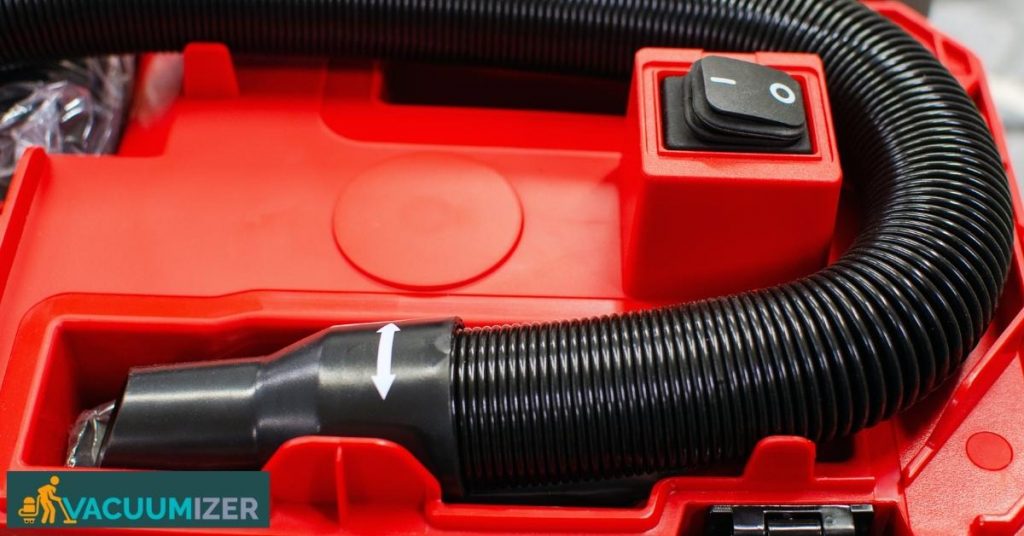
When it comes to vacuum cleaners, the size of the hose does matter. A bigger hose means more suction power and a better ability to clean carpets and upholstery. It also means that you can move around more with the vacuum cleaner without having to worry about the hose getting tangled up.
Does Hose Size Matter on a Shop Vac?
The length of a shop vacuum’s hose is an important factor. A larger diameter hose will allow more air to flow through and will thus be more effective at removing debris from surfaces.
What Diameter are Vacuum Hoses?
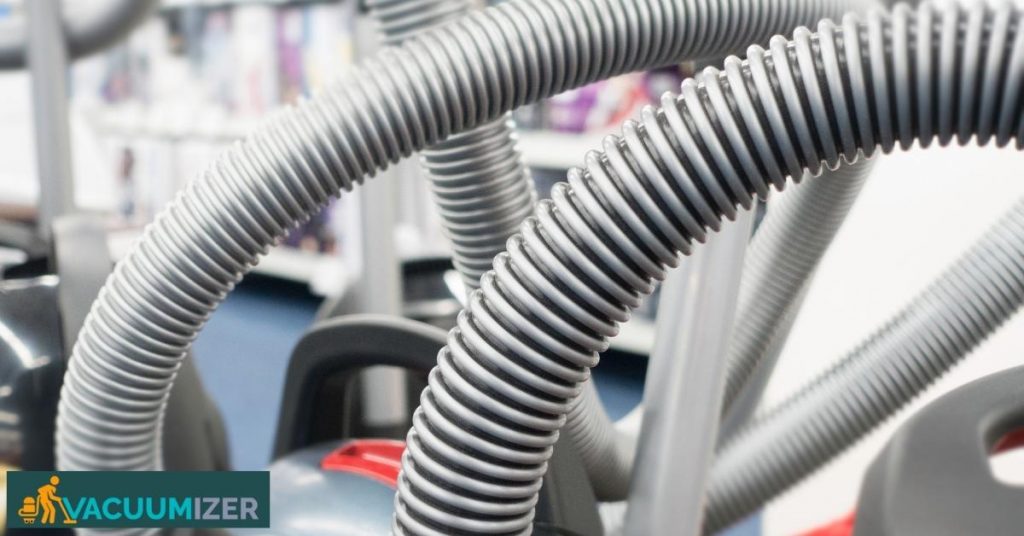
There are many different diameter vacuum hoses. The most common diameters are 1.25 inches and 2.0 inches, but there are also other sizes available, such as 1.5 inches and 2.5 inches. The size of your vacuum cleaner and the accessories you want to use with it will dictate the hose’s internal diameter.
For example, if you have a powerful vacuum cleaner with large attachments, you will likely need a larger diameter hose so that the suction power is not reduced.
Can I Put a Wider Hose on My Shop Vac?
If you have a shop vac with a 2.5-inch inlet, you can use an adapter to connect it to a wider hose. But prolonged usage will reduce the vacuum’s suction strength and increase the risk of overheating. It is best to use the shop vac with the correct size hose for optimal performance.
Vacuum Hose Thread Size-Know Easy Way
Even though vacuum hoses exist in a wide range of diameters, they all have a basic feature:
Threads:
The thread size is the measurement of the inner diameter (ID) of the hose’s opening. It’s important to know the vacuum hose thread size because it will determine what kind of attachments can be used with the hose.

The most common thread sizes for vacuum hoses are 1/4-inch and 3/8-inch, but there are also other sizes available, such as 1/2-inch and 2-1/2-inch. When choosing a vacuum hose. It’s important to consider the ID of the hose as well as the length. The ID should be large enough to fit over the end of your vacuum attachment without being too loose or too tight.
When in doubt, go with the bigger size so you can use an adaptor if required.
Does Hose Diameter Affect Vacuum for Tips
Final Thoughts
In a word, yes. Does hose diameter affect vacuum. But how?
And why? Let us look closer. A smaller hose will create more restrictions to airflow than a larger hose.
That’s because the cross-sectional area of the smaller hose is less than the cross-sectional area of the larger hose. In other words, there’s less room for air to flow through a smaller-diameter hose. This restriction to airflow results in a decrease in airspeed and an increase in static pressure.
The increased static pressure causes an increase in the amount of vacuum that the pump can generate. So, if you’re looking for more vacuum power, go with a smaller diameter hose. be aware that you’ll also see a decrease in airflow and an increase in noise levels as well.

